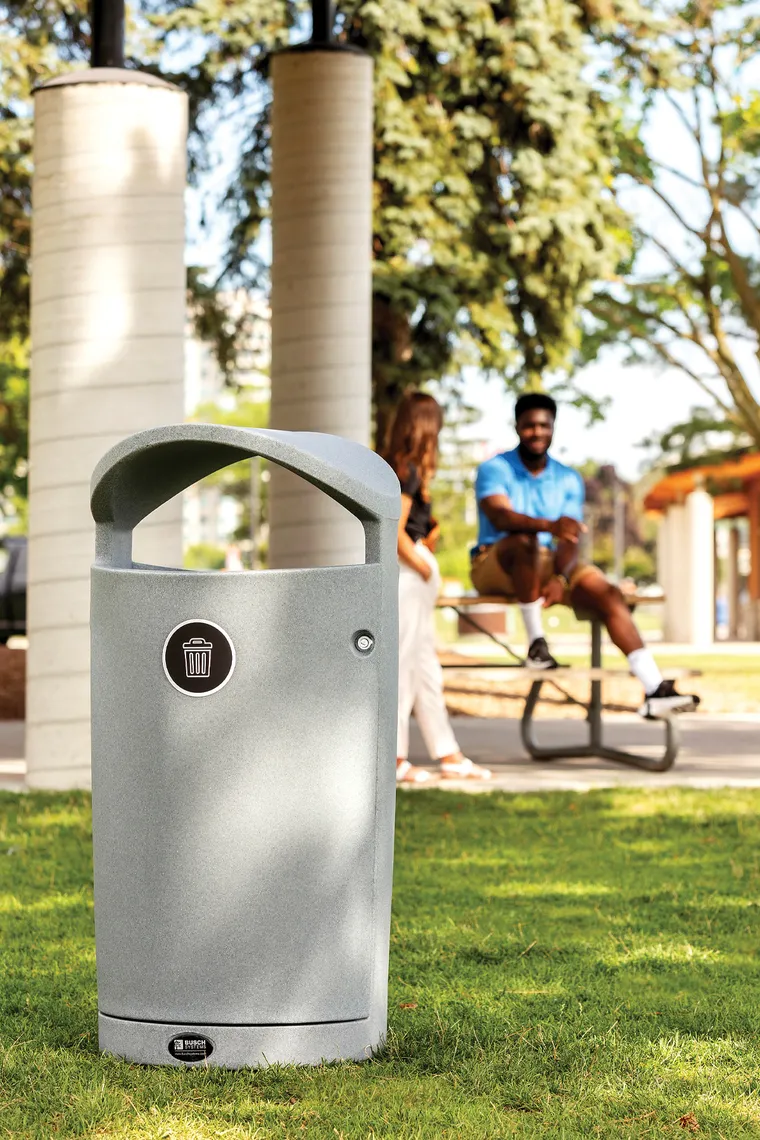How to create an effective waste-management program
A good waste-management program is essential for reaching sustainable goals at local, national, and international levels, both now and in the future. To achieve these goals, it’s important to start implementing systems in public spaces. Over time, waste-management practices can help create a more sustainable way of living, while also benefiting the communities in which they’re applied. Public playgrounds and parks are great places to begin using these systems for economic, social, and environmental reasons.


